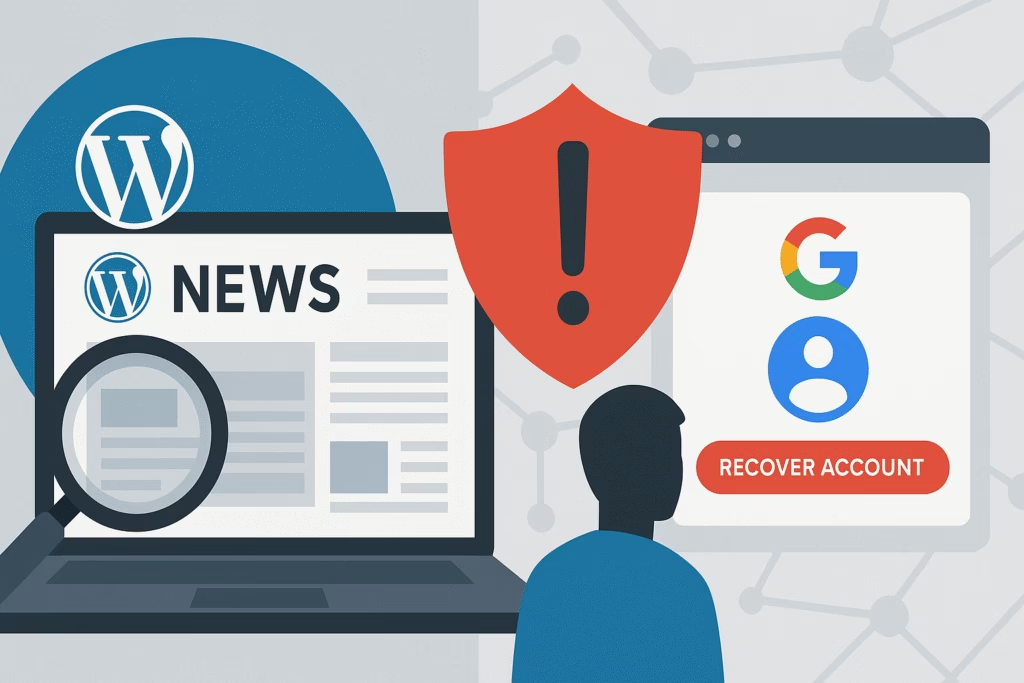
Introduction
Cybercriminals and defenders are locked in a high-stakes AI arms race. Hackers harness adversarial AI to bypass traditional defenses, while security teams deploy cybersecurity automation and machine learning models to detect and stop threats in real time. As AI security evolves, understanding who holds the upper hand is critical for any organization seeking to protect sensitive data. In this article, we’ll explore the latest advances in AI-driven attacks and defenses, share practical tips to strengthen your security posture, and highlight how solutions like PhishDef can keep you ahead of emerging risks.
The Rise of AI-Powered Threats
Advancements in artificial intelligence have become a double-edged sword. On one side, AI speeds up incident detection and response; on the other, it empowers attackers to craft more sophisticated exploits. According to a 2023 MITRE ATT&CK report, over 60% of advanced persistent threat (APT) groups now use AI or machine learning techniques to optimize phishing campaigns and evade security controls.
Adversarial AI Techniques in Modern Cyberattacks
Adversarial AI refers to methods where attackers manipulate input data or machine learning models to induce incorrect outputs. Key approaches include:
- Data Poisoning: Injecting malicious samples into training data to degrade model accuracy.
- Evasion Attacks: Crafting inputs that appear benign to AI classifiers but execute malicious actions.
- Model Inversion: Reverse-engineering model outputs to extract sensitive training data.
- Prompt Injection: Manipulating large language models (LLMs) to bypass filters or reveal internal prompts.
Real-world example: In late 2022, attackers used data poisoning against a popular image-recognition API, causing misclassification of malicious content as harmless—a vivid demonstration of how adversarial machine learning can compromise AI security.
Defenders’ Response: Leveraging Cybersecurity Automation
Security teams counter these threats through cybersecurity automation platforms that integrate AI-driven detection, analysis, and response. Gartner predicts that by 2025, 75% of security operations centers (SOCs) will leverage automation to handle 80% of incident triage tasks.
Key Cybersecurity Automation Tools
- Security Information and Event Management (SIEM): Aggregates logs and applies AI for behavioral analytics.
- Endpoint Detection and Response (EDR): Monitors endpoints using machine learning to flag anomalies.
- Security Orchestration, Automation, and Response (SOAR): Automates playbooks for incident response.
- User and Entity Behavior Analytics (UEBA): Detects insider threats via pattern-based AI models.
- PhishDef’s Phishing AI Module: Applies real-time AI analysis to incoming emails and URLs, blocking sophisticated phishing attempts before they reach employee inboxes.
Who’s Gaining the Upper Hand?
The balance of power in the AI arms race is dynamic. Attackers enjoy agility: they can swap adversarial tactics quickly, while defenders must rigorously test new AI defenses to avoid accidental gaps. Yet automation proves a force multiplier:
- Average dwell time for cyber intrusions dropped from 24 days in 2021 to under 18 days in 2023, thanks to AI-accelerated threat hunting.
- Organizations using AI-driven security tools report a 35% reduction in successful phishing breaches.
Despite these gains, a 2023 Forrester survey found that only 45% of companies have fully integrated AI security measures, leaving a large attack surface for adversaries. In essence, hackers currently hold a slight edge in adaptability, while defenders rely on structured AI automation to catch up.
Practical Steps to Strengthen AI Security
To tilt the scales in your favor, follow these actionable recommendations:
- Conduct Adversarial Testing: Regularly simulate data poisoning and evasion attacks against your AI models. Use red-teaming frameworks and open-source tools like Adversarial Robustness Toolbox.
- Implement Continuous Monitoring: Deploy SIEM/EDR solutions with real-time alerting. Ensure logs from cloud, network, and endpoints feed into an AI-driven analytics engine.
- Enforce Data Hygiene: Validate training datasets for anomalies. Use version control and cryptographic hashes to detect unauthorized changes.
- Automate Incident Response: Develop SOAR playbooks for common threat scenarios—phishing, ransomware, insider misuse—and integrate them with PhishDef’s API for email-based threat blocking.
- Invest in Employee Training: Incorporate AI-generated phishing simulations and interactive modules. Highlight how adversarial AI can craft convincing social-engineering lures.
- Leverage Threat Intelligence: Subscribe to feeds covering the latest AI malware signatures and adversary TTPs (tools, techniques, and procedures). Correlate them with your security telemetry.
Real-World Case Studies
Case Study 1: Financial Services Breach Averted
A major US bank faced AI-powered phishing campaigns that mimicked executive voices using voice-cloning technology. By integrating PhishDef’s AI email scanner and mandatory voice-authentication tokens, the bank blocked 98% of targeted phishing attempts and reduced potential losses by $4 million in Q1 2023.
Case Study 2: Healthcare Data Poisoning Defense
A regional healthcare provider detected attempts to poison its diagnostic-imaging AI. Through adversarial testing and by tightening dataset validation rules, the provider maintained 99.7% model accuracy and avoided misdiagnoses that could have impacted patient safety.
Key Takeaways
- Adversarial AI empowers attackers to outmaneuver static defenses; regular red-teaming is essential.
- Cybersecurity automation—SIEM, EDR, SOAR—provides scale and speed, reducing dwell time.
- Only 45% of organizations have mature AI security programs; early adopters gain a significant advantage.
- Combining AI defenses with human expertise and employee training creates a resilient security posture.
- Solutions like PhishDef seamlessly integrate AI-driven phishing protection into existing workflows.
Call to Action
Don’t let adversaries dictate the pace in the AI arms race. Strengthen your defenses with PhishDef’s advanced AI security platform. Schedule a demo today to see how our cybersecurity automation tools and phishing AI module can keep your organization one step ahead of evolving threats.


